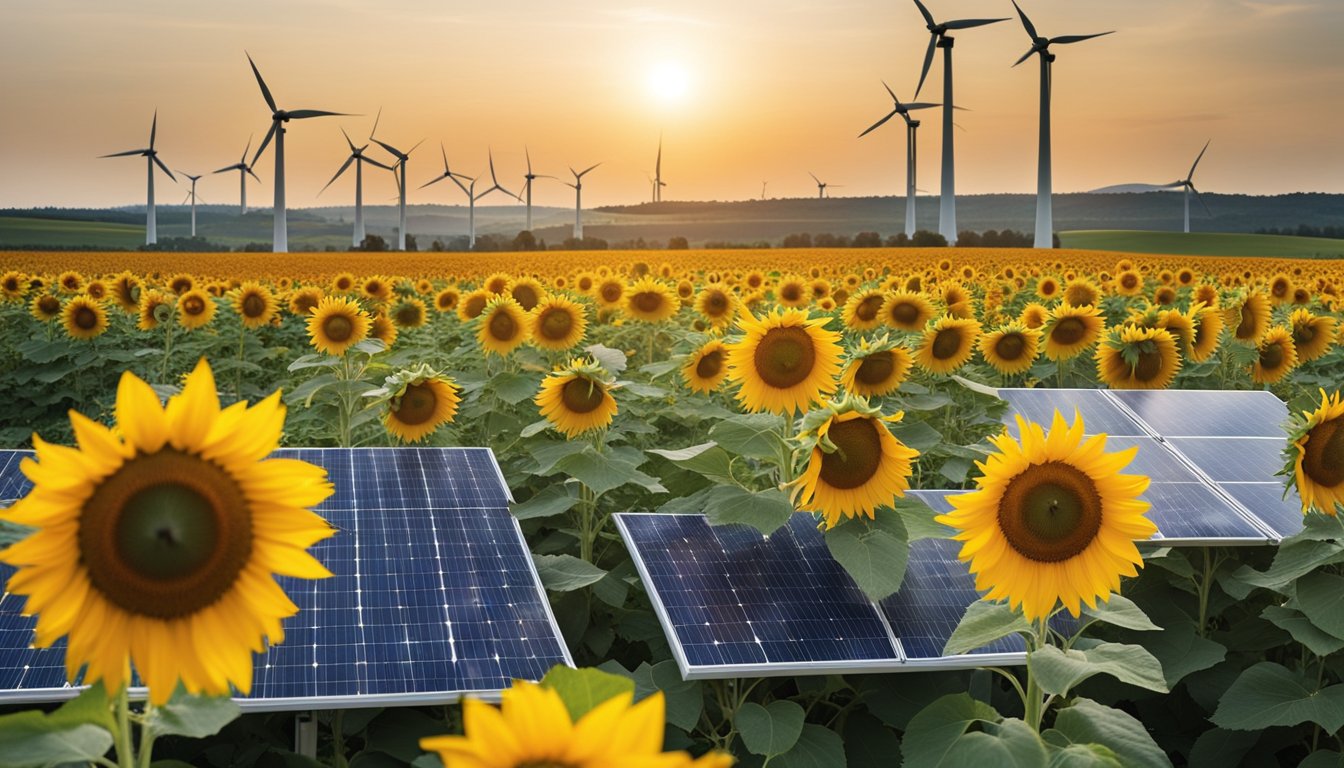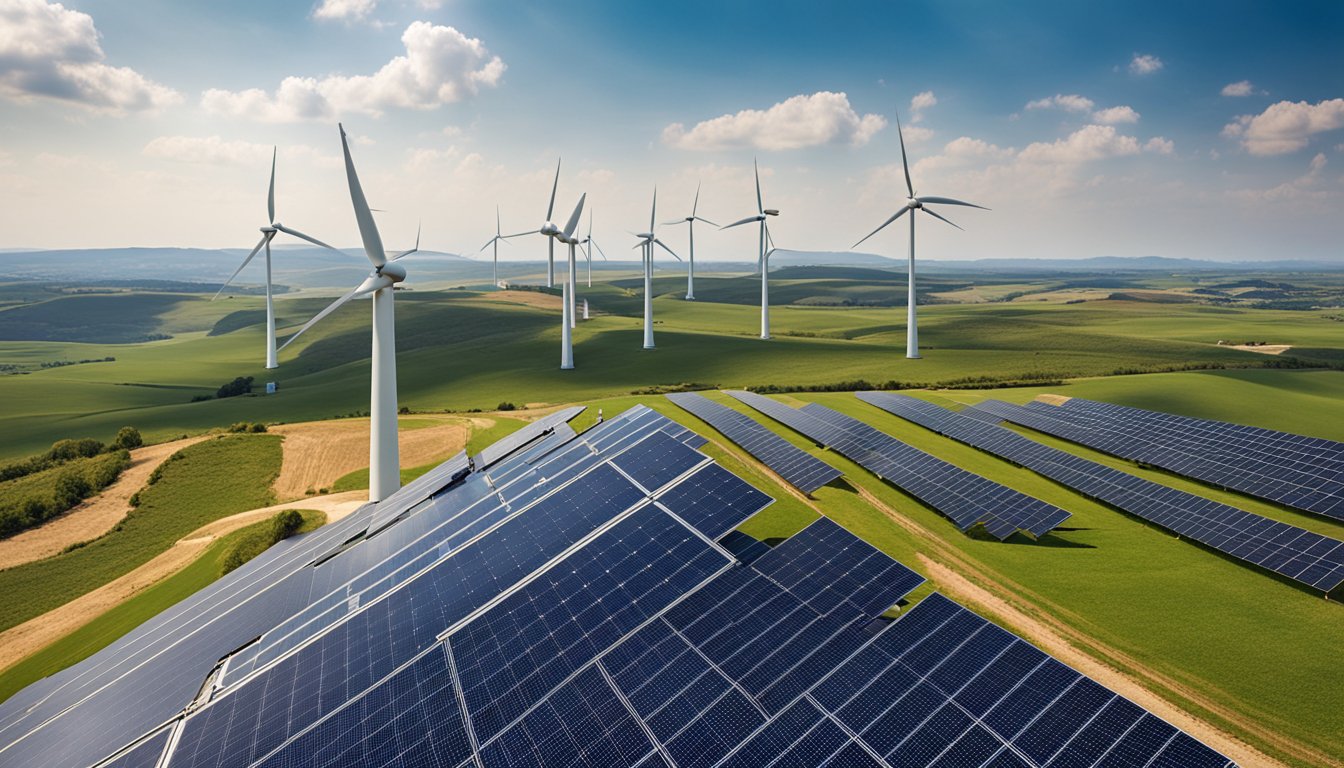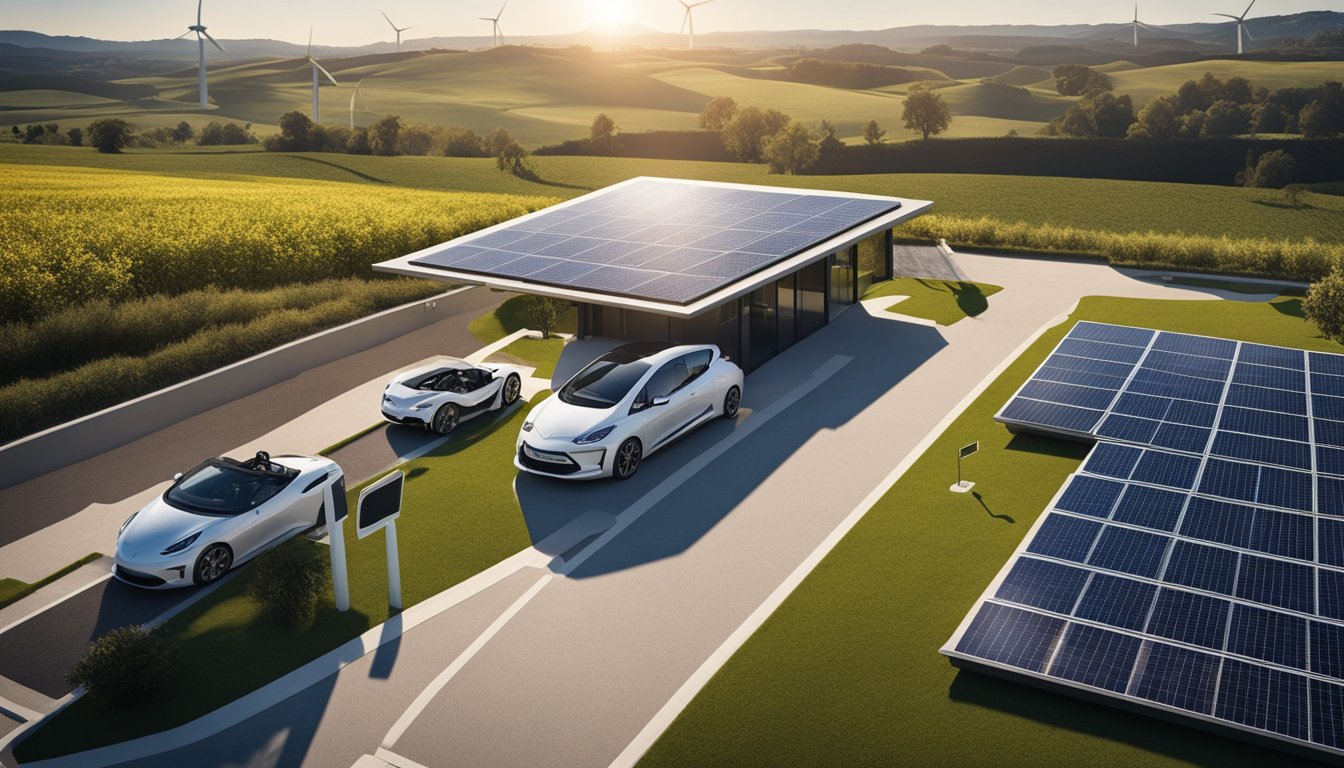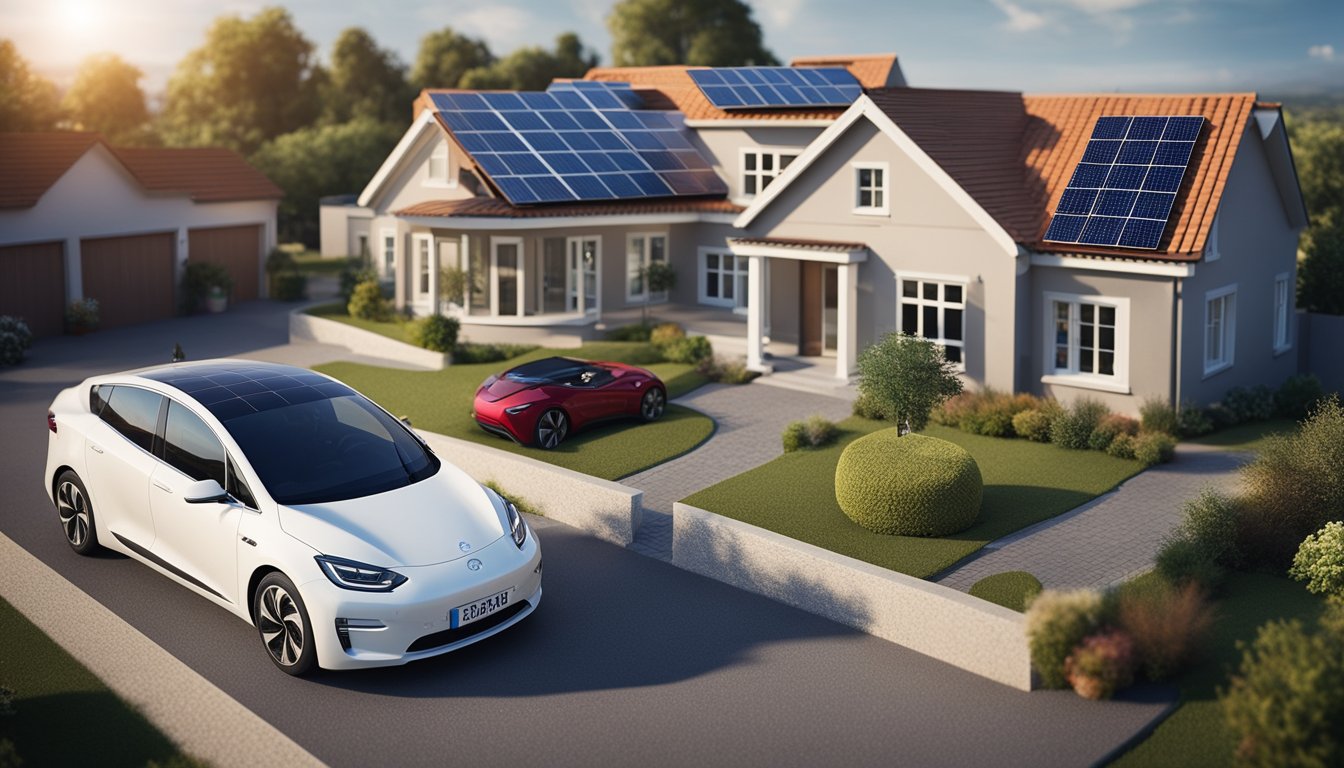Late updated: 20 Jan 2025 15:01
Written by: Amber Collins
Adopting Renewable Energy For Cost Savings: A Practical Guide for Businesses
As we explore the journey towards adopting renewable energy, it's evident that this shift can lead to substantial cost savings and enhance energy efficiency for households and businesses alike. By transitioning to renewable energy sources, we not only reduce our operating costs but also contribute to a more sustainable and resilient energy future. The transition involves various technologies and strategies that collectively position us for long-term financial benefits while supporting the environment.

Renewable energy offers a pathway to mitigate rising energy prices driven by fossil fuel dependency. Investing in clean technologies can significantly lower energy costs and improve energy efficiency. The global energy landscape is evolving rapidly, and understanding these changes is crucial for those considering a transition to cleaner energy alternatives.
Adopting renewable energy is not just about financial savings; it's about embracing a sustainable lifestyle that aligns with our environmental responsibilities. This clean energy revolution presents an opportunity to reduce our carbon footprint and foster a supportive community for renewable energy policies. Let’s dive deeper into how we can embark on this transformative journey.
Key Takeaways
- Renewable energy leads to cost savings and improved efficiency.
- Clean technology investments decrease energy expenses.
- Transitioning supports a sustainable and resilient future.
Understanding Renewable Energy and Its Advantages

Renewable energy is crucial for reducing carbon emissions and fostering economic growth. Its benefits span various areas, including technological advancements and energy independence.
Forms of Renewable Energy
Renewable energy encompasses a variety of sources. Solar energy captures sunlight using photovoltaic cells, transforming it into electricity. This clean energy source is abundant and increasingly cost-effective. Wind energy utilises large turbines to convert wind currents into electrical power, often prevalent in coastal and open plains regions.
Hydropower, another key player, harnesses the energy of flowing water. It's one of the oldest and most established forms of renewable energy, providing a stable and reliable power source. These diverse forms contribute significantly to a sustainable clean electricity supply.
Economic and Environmental Benefits
Adopting renewable energy offers multiple economic advantages. With declining renewable power generation costs, both Republicans and Democrats support increasing investments in this sector. The development of clean energy supply chains stimulates job creation and fosters technological innovation.
Environmentally, renewable energy plays a pivotal role in achieving net zero emissions goals. It reduces our reliance on fossil fuels, leading to cleaner air and water. Continuous improvement in clean energy technologies ensures efficient and sustainable energy production, driving both economic and environmental progress. The transition to renewable electricity supports a healthier planet and enhances economic resilience.
The Pathway to Adopting Renewable Energy

Adopting renewable energy involves strategic transitions, supportive policies, and the integration of advanced technologies. Ensuring a smooth transition requires efforts from businesses, governments, and tech innovators.
Transition Strategies for Businesses
Businesses play a pivotal role in the transition to renewable energy. One effective strategy involves shifting from coal power to renewable sources like solar PV and wind capacity. Implementing energy efficiency measures further aids in reducing operating and electricity costs.
Investment in Concentrating Solar Power and hydropower can be a significant step in this direction, ensuring more sustainable energy development. Companies also need to evaluate their carbon emissions and adopt practices that contribute to net zero emissions targets.
Policy Framework and Governmental Role
Government policies heavily influence the adoption of renewable energy. Renewable energy policies should focus on incentivising renewable power generation and the electrification of various sectors.
Supportive measures, such as tax breaks and grants for green technologies, can boost the uptake of clean energy. Collaboration with organisations like the International Renewable Energy Agency helps in setting international standards and practices.
Policies regulating energy storage are essential to manage and stabilise electricity supply, especially in regions transitioning away from natural gas and coal.
Integrating Technology and Infrastructure
The integration of cutting-edge technology is crucial for efficient energy transition. Developing robust energy storage systems is essential for maintaining a reliable renewable energy supply, especially as reliance on traditional sources dwindles.
Investments in modernising the electricity sector should focus on grid infrastructure to accommodate increasing renewable electricity inputs. Tools like advanced grid management software and smart meters are valuable for balancing energy loads.
Partnerships with research bodies such as the National Renewable Energy Laboratory aid in the development of innovative solutions for renewable energy generation challenges. Addressing infrastructure needs is vital to combat global warming and ensure a sustainable future.
Frequently Asked Questions

Switching to renewable energy provides numerous financial benefits. By reducing reliance on traditional power sources, we can lower utility bills and take advantage of government incentives to make installations more affordable over time.
How does investing in renewable energy lead to reduced utility costs?
Investing in renewable energy technologies such as solar panels can significantly cut our electricity bills. These systems generate power from natural resources, like sunlight, which reduces our dependency on traditional electricity sources and the associated costs.
In what ways can renewable energy be a cost-effective solution for businesses?
For businesses, renewable energy can be a strategic investment. Solar and wind systems provide long-term cost savings by lowering energy expenses. Implementing energy-efficient solutions can enhance profitability by cutting overhead costs related to power consumption.
What are the long-term financial benefits of transitioning to renewable energy?
The transition offers both immediate and ongoing savings. Less reliance on fossil fuels can protect us from volatile energy prices. Over time, the investment in renewable infrastructure pays off by stabilising costs and increasing energy independence.
How do government incentives impact the affordability of renewable energy installations?
Government programmes and tax incentives lower the initial costs of renewable energy system installations. These incentives can cover significant portions of installation expenses, making the transition more accessible and financially viable in the short and long term.
Can adopting renewable energy technologies decrease operational costs?
Yes, by using technologies like solar or wind power, operational costs decrease due to lower energy bills. Efficient systems reduce maintenance and energy usage costs, streamlining our operations and making them more financially sustainable.
What cost savings can households expect from installing renewable energy systems?
Households can expect a significant decrease in their energy bills after installing renewable energy systems. Over time, the savings from reduced utility costs can offset the initial expense of installation, providing a financially sound investment in sustainable living.
